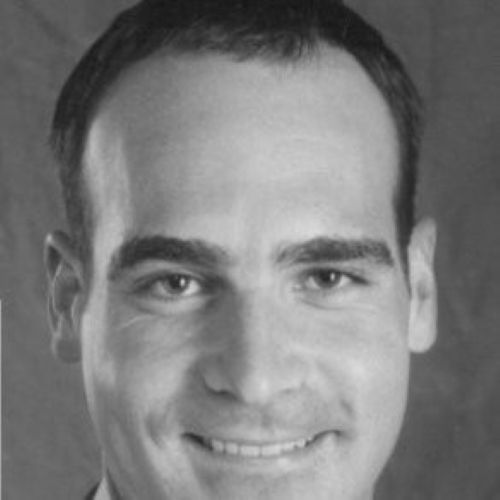Building Emotional Connections Through Storytelling, with Catherine Alonzo
Episode 404
On this episode of Destination on the Left, I talk with Catherine Alonzo, CEO at Javelina and host of the How to Change the World Podcast. She shares why story and travel are two sides of the same coin and breaks down how we should approach stories when trying to make a change or social impact. We also discuss the stories we tell ourselves, the importance of internal and external stories, and why core values matter in the travel industry.

What You Will Learn in This Episode:
- Why internal narratives and personal storytelling impact how we see the world
- How core values guide decision-making and personal fulfillment
- Why understanding specific audiences and targeting communications effectively is crucial in crafting impactful stories and strategies
- What the significance of having a clear “why” is within an organization, and how to operationalize it to build a sustainable culture
- How to use storytelling to create the immersive experiences travelers are looking for
Stories as Catalysts for Change
Catherine emphasizes that stories aren’t just tools for entertainment—they are pivotal in shaping our understanding of the world. Whether it’s the narrative we tell ourselves internally or the stories we communicate externally, these narratives have the power to influence change. Catherine explains how stories form the bedrock of how we perceive and interact with the world, which is why they’re so important in driving personal and societal transformation.
Storytelling is an incredibly powerful tool in the travel and tourism industry. We discuss the connection between the vulnerability and richness of storytelling and the immersive experiences travelers are looking for. By creating compelling narratives, destinations can provide deeper, more meaningful experiences that resonate on a personal level with visitors, ultimately driving visitor numbers and community engagement.
Crafting Messages for Targeted Audiences
A key part of storytelling is knowing your audience. Catherine highlights a common mistake marketers often make— trying to reach “everybody” and why the story ends up resonating with nobody. Instead, she suggests focusing on a maximum of four distinct audience groups. This could include decision-makers, referral partners, and internal audiences such as team members.
Understanding each audience group’s motivations, psychographics, demographics, and needs allows DMOS to tailor communications to connect with potential visitors on a deeper level. This targeted approach ensures that the emotional core of the message remains consistent, fostering a strong connection with the audience.
Finding and Operationalizing Purpose
We discuss the critical importance of a clear “why” within organizations. As someone deeply involved in social change, Catherine believes that organizations cannot sustain a strong, meaningful culture without a well-defined purpose. For those in travel and tourism, this means clarifying why their destination or service exists beyond just economic gain. By integrating this “why” into daily operations, organizations can create authentic and compelling narratives that resonate with their teams and audiences.
Resources:
- Website: https://www.catherinealonzo.com/
- LinkedIn Personal: https://www.linkedin.com/in/catherinealonzo/
- Podcast: https://www.catherinealonzo.com/how-to-change-the-world
We value your thoughts and feedback and would love to hear from you. Leave us a review on your favorite streaming platform to let us know what you want to hear more of. Here is a quick tutorial on how to leave us a rating and review on iTunes!






